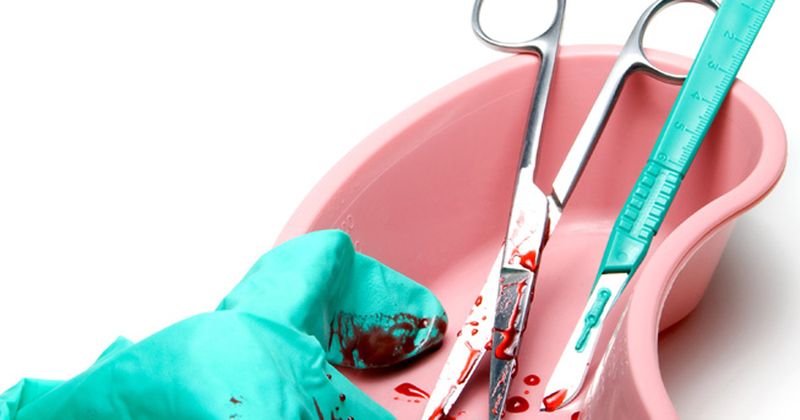Biopsies show no viral presence of SARS-CoV-2 in kidneys of patients with AKI, COVID-19
Biopsies performed in patients who developed AKI after being diagnosed with COVID-19 showed no viral presence of SARS-CoV-2 in the kidneys, according to a recently published study.
“[A]lthough the patients had conrmed severe acute respiratory syndrome coronavirus2 (SARS-CoV-2) infection by RT-PCR, immunohistochemical staining of kidney biopsy samples for SARS-CoV-2 was negative in all 10 patients,” Purva Sharma, MD, lead author of the study and assistant professor at Donald and Barbara Zucker School of Medicine at Hofstra/Northwell, and colleagues wrote. “Also, ultrastructural examination by electron microscopy showed no evidence of viral particles in the biopsy samples.”

The researchers reviewed biopsies from 10 patients who had COVID-19 and clinical features of AKI, “including proteinuria with or without hematuria,” they wrote. Clinical features, pathologic ndings and outcomes were documented. Patients’ comorbid conditions included diabetes, hypertension or both.

“Interestingly, 90% of our patients had no history of chronic kidney disease, indicating that the injury to the kidney was all acute at the time of their admission for COVID-19,” Sharma told Healio Nephrology. The research was done through the Feinstein Institutes for Medical Research and Northwell Health’s Nephrology Division and Department of Pathology.
The implication of the study results is the “understanding the pathogenesis of this novel disease as it pertains to acute kidney injury, which helps optimize diagnostic interventions and management strategies,” Sharma told Healio Nephrology. “Based on our findings, we know that it's the complications of this disease, namely hypotension, shock and sepsis-associated injury, that are responsible for the AKI, rather than the virus directly involving the kidney cells.”
Sharma speculated it is also possible that the virus may act as a “second hit” for certain other kidney diseases like thrombotic microangiopathy and anti-neutrophil cytoplasmic antibody associated vasculitis.
All biopsy samples showed “varying degrees of acute tubular necrosis, and one patient had associated widespread myoglobin casts. In addition, two patients had ndings of thrombotic microangiopathy, one had pauci-immune crescentic [glomerulonephritis] GN and another had global as well as segmental glomerulosclerosis with features of healed collapsing glomerulopathy,” the authors wrote.
Data from the CDC show approximately one-third of patients who are hospitalized for COVID-19 develop AKI but obtaining the kidney biopsy data on the patients for the study “is very sparse due to logistical challenges,” Sharma told Healio Nephrology. Nevertheless, the study is “the largest living kidney biopsy series in the world so far in patients with COVID-19 and acute kidney injury,” she said. “This sample was also representative of the clinical spectrum of these patients and, in addition, the results are consistent with currently available autopsy and case report literature.
“We are confident based on the above that ischemic/hypoxic and sepsis-associated injury is the most common cause of AKI in these patients.”

